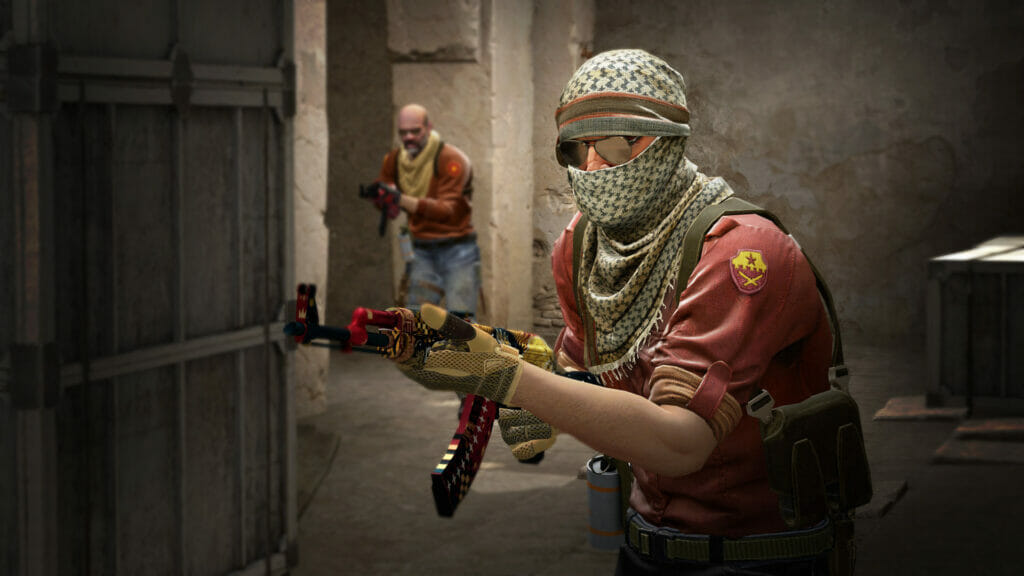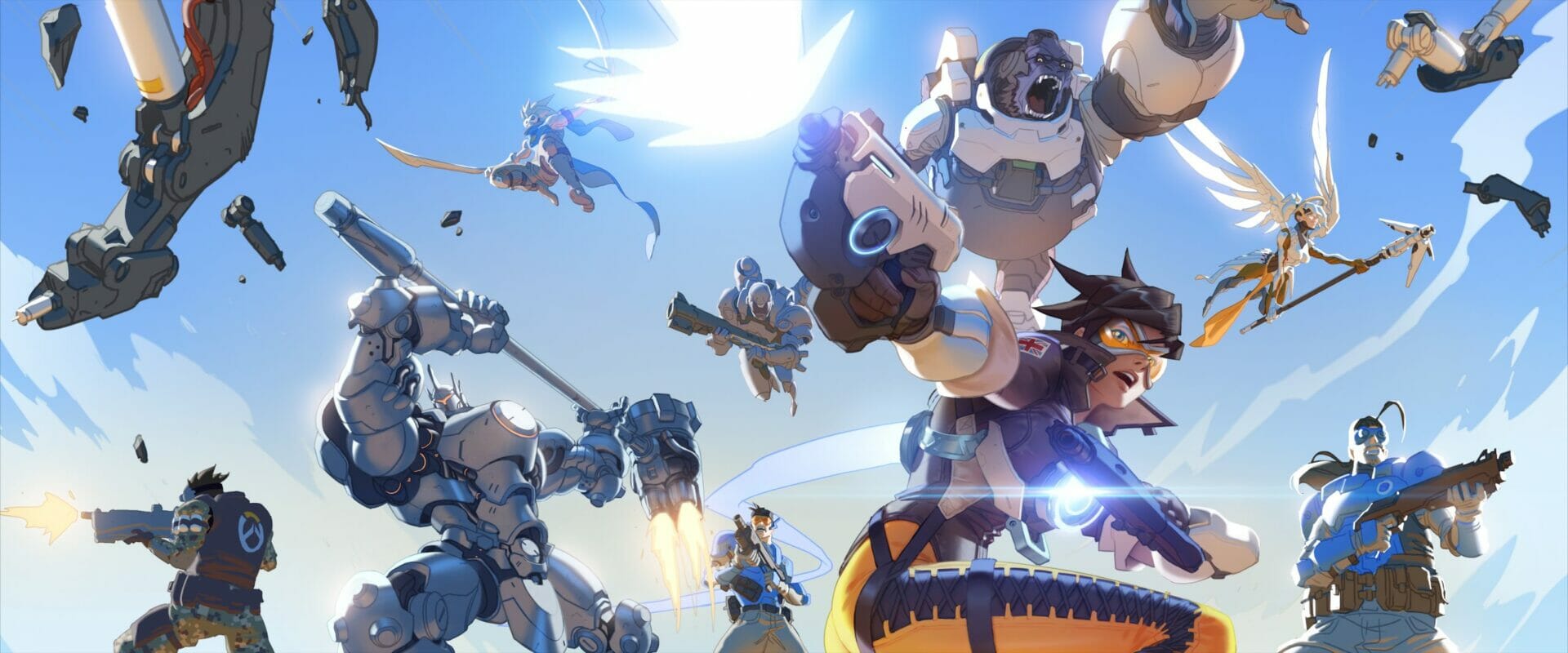
Counter-Strike | The game that lives on
Studio
Publishing Year
Type of game
Counter-Strike is today synonymous with competitive video games. But as with every long-loved interactive experience, “CS” also comes from a story and a world. Specifically, the gritty sci-fi world of Valve‘s Half-Life, a much-praised shooter videogame series. After two players created a mod for Half-Life featuring two opposing teams and an objective, Valve acquired the IP of such mod, and in 2000, the first official Counter-Strike game was released.
The rising of Counter-Strike
No longer related to the alien and technological world of the Half-Life series, Counter-Strike was a tactical multiplayer first-person shooter. Ten players took the sides of either the terrorists, who would try to plant and detonate a bomb, or counter-terrorists, whose objective is to defend the possible bomb sites or to defuse the explosive.
Ever since then, the Counter-Strike series has been a cornerstone for multiplayer PC gaming, and for Valve’s own digital platform Steam. After the first entries of the series and the famed Counter-Strike: Source, Valve only released the latest Counter-Strike: Global Offensive in 2012. The game lived on, building players, audience, and complex history, until the announcement, in March 2023, of Counter-Strike 2, set to release in the upcoming summer.
The evolution of an immortal game
Counter-Strike is not only shooting virtual targets. The reasons behind its unstoppable celebrity vary from its tactical depth all the way to the freedom the game always allowed to make new experiences. Born as a mod, it’s not strange that CS always allowed players to create their own maps, and with the right tools even game modes and alternative versions of the core gameplay. Thus, the Source engine became the place to play with everything, from cooperative missions to survival, from zombie shooting, just as in Resident Evil, to exaggerated free-for-all gunfights. All thanks to the engine, assets, and weapons within the original game.

The side of Counter-Strike that had the widest spread, though, is the competitive play. CS is in fact, along the likes of League of Legends, one of the most famous, and certainly the longest-lasting of esports. Featuring teams and professional players from all over the world and an incredible number of competitions, the game in some places, like northern and eastern Europe, already has more following than the most famous traditional sports. At a point like this, where Counter-Strike 2 will be ever more optimized for its competitive side, one could ask what still differentiates it from traditional sports, and what could still make it an artistic experience.
The game that unites us
Counter-Strike‘s experience went way past the digital borders of the computer screen. Stadiums filled with fans, team merchandise, meet & greets, and much more made it possible for CS players to connect offline as well as in the game servers. While we watch professional players lift a hard-earned trophy in front of a jubilant crowd, we could wonder how much do the artistic values of the game still count.
What makes esports different from traditional sports is the virtual worlds they’re played in. Sure, Counter-Strike has its backstory, even some story-driven missions, and comics that tell the tales of the fictional factions and logos we see spread over the games’ maps. But it is mainly realistic looking, and all its storytelling is nothing compared to the characters and fictional worlds of titles such as League of Legends or Dota 2, equally important competitive games that entertain millions of fans.

Whether the digital making of the world of CS is enough to make it compelling, or it is only the game’s depth, mechanics, and community-made content to make it so popular, we can say that Counter-Strike is a milestone in gaming history. Maybe it’s constantly reminding us of what video games can do when they don’t focus on telling stories or entertaining a single player. Maybe Counter-Strike reminds us of how a virtual experience can connect us all, make us fans, paid professionals, casters, coaches, analysts, or just friends who enjoy a game together. Sure, it’s not so different from meeting to play soccer or basketball. But it’s also not the same thing — maybe it’s more similar to assembling in the courtyard and playing cops and robbers, hide and seek or tag, but taking it a bit more seriously.
The future of CS
Despite Counter-Strike 2 being just announced, CS:GO popularity was on an all-time high and ever-increasing. The groundbreaking change of the game after more than ten years, then, is not an effort to revive anything, but on the contrary a strong push to something that’s already gaining speed. Improved graphics and new mechanics are just the surface of what Counter-Strike 2 will be. First of all, the move to Source 2 engine will allow modders to have unprecedented freedom to create even more new maps, modes, and experiences. This makes us think that Valve is not blind to the less competitive sides of the game that still entertain a large portion of players.
The new game will also bring fresh air after Riot Games’ Valorant, the first real copycat of Counter-Strike, started gaining some real attention. Riot Games already stole some of Valve’s Dota 2 fanbase thanks to League of Legends, so this time it looks like Valve is well determined to stay on top with its tactical FPS. Despite being so realistic-looking and in some way unimaginative, in fact, Counter-Strike is undeniably unique in both feeling and look. It’s the home of many generations of players, and probably of many more to come.
Tag
Buy a ☕ for Hypercritic









